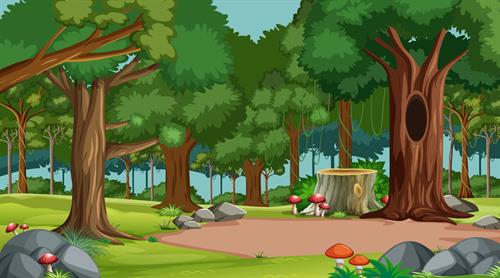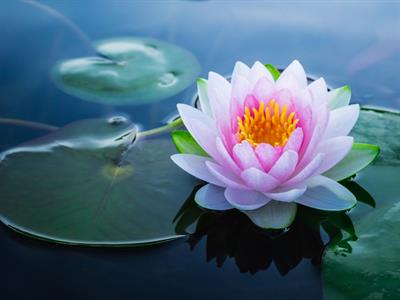
PUMPA - SMART LEARNING
எங்கள் ஆசிரியர்களுடன் 1-ஆன்-1 ஆலோசனை நேரத்தைப் பெறுங்கள். டாப்பர் ஆவதற்கு நாங்கள் பயிற்சி அளிப்போம்
Book Free DemoRam and Jaanu went on a field trip to the forest with their teacher. They saw beautiful trees, peaceful rivers, and a variety of animals. As they explored the forest, their teacher and the Forest officer explained the significance of each animal, how it is important to our ecosystem, and how certain animals, birds, and flowers became national symbols.

In this chapter, let's dive into their discussion of national symbols and what are the animals, birds and flowers became our national notational symbols.
Let's first understand, why we need an national symbols and how are they important to our country.
The need of National Symbols!
Its goal is to improve the country's image in the eyes of the rest of the world while also preserving the country's qualities. The national symbols should be associated with the country's culture, history, and tradition.
These symbols are deeply connected to Indian identity and heritage. Indians of all demographic backgrounds are proud of these National Symbols because they deepen pride and patriotism in every Indian's heart.
National flower:
India contains a diverse range of flora. According to existing data, India ranks \(10\)th in the world and \(4\)th in Asia in floral diversity.
The Botanical Survey of India has defined nearly \(47,000\) floral species from about \(70\%\) of the geographical area.
India's flower is the lotus. It is a sacred flower that holds a special place in ancient Indian art and history and has served as an ideal symbol of Indian culture from the dawn of time.

Lotus - India's National Flower
Some Facts about India's National flower:
1. Indian Lotus, Kamal, Padma, and Sacred Lotus are some of the most popular names.
2. "Nelumbo nucifera" is the scientific name for this flower.
3. Adopted as a national flower in the year \(1950\).
4. Indigenous to Southeast Asian countries, but cultivated in Australia, Europe, Japan, and the United States.
5. Fixed water bodies, such as ponds, lakes, and man-made pools, serve as habitats.
Reference:
Forest image credits: by brgfx on freepik